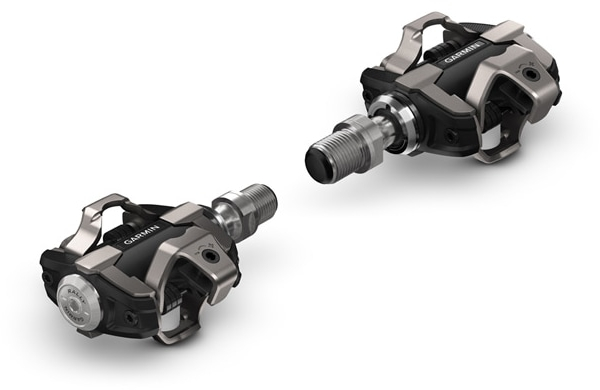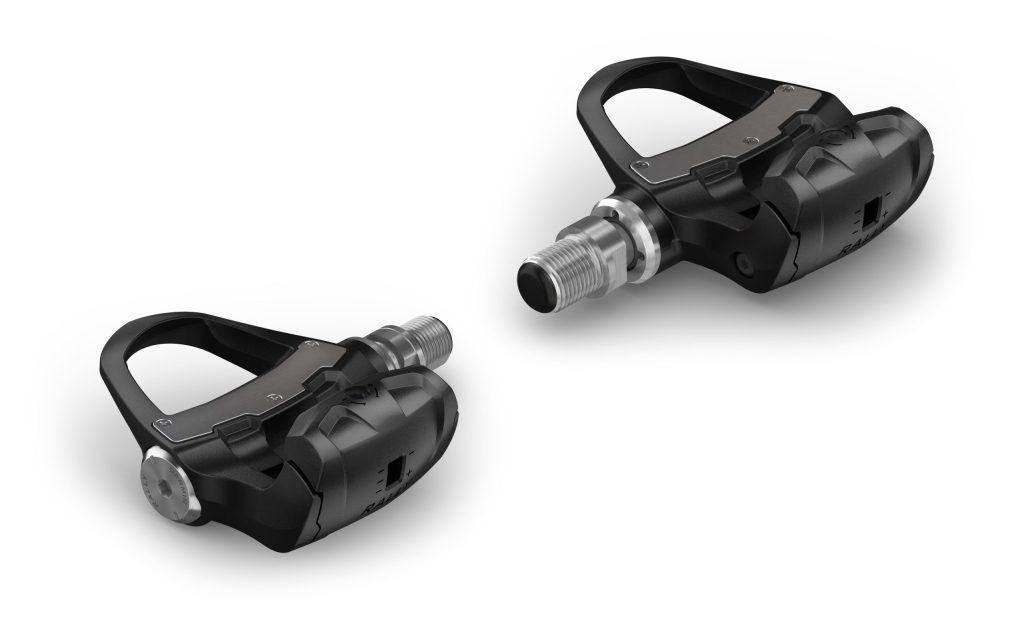The Accuracy of Single-Sided Power Meters
Single-sided power meters have become a standard piece of equipment for cyclists who wish to track and optimize their performance. Unlike the dual-sided units, which measure power outputs from both legs, single-sided units estimate total power on the grounds of information from one side, usually the left crank arm and then double the result to estimate total power.
The main advantage to single-sided power meters, and why they are more popular than their dual-sided counterparts, is their lower price and ease of installation. Such units provide athletes with an easily accessible point for entering the world of power-based training. However, the main disadvantage to single-sided power meters is that they assume every cyclist’s leg power output is authentic. Studies show that leg power imbalances can be quite real, with some cyclists exhibiting up to 10% difference between the two. This translates into a 5% error in total power estimation which may be insignificant for casual hobbyists but considerable for those who base their training plans on precise data.
Methodology and Precision of Single-Sided Units
Single-sided power meters work by measuring the force applied to one pedal or crank arm. They are equipped with strain gauges that measure the slight bending or flexing causing the resistance. The scales then convert the received data into a power output estimate. The devices are calibrated at factories to assume that the power output of the measured side can be approximated to that of both sides and require further zero-offsetting and temperature-compensating calibrations. For instance, Garmin claims an overall accuracy of their sensors in the Vector series to be +/- 1% when calibrated appropriately .
Single-Sided vs. Double-Sided
When compared to double-sided devices, the single-sided units provide too simple a view of a rider’s effort. The double-sided meters measure each of the two legs independently and can provide detailed analysis of a cyclist’s power balance and pedaling technique. This can be critical when assessing the physiological profile of an athlete or when recovering from a leg injury.
If the cyclist is a competitive rider or a hobbyist who enjoys analyzing the granular data, the extra investment in a dual-sided meter may be worth it. Asymmetries can be detected in real-time and accounted for in training or recovery. If the analysis of the data from one side suffices, the single-sided meter will be an outstanding choice.

The Accuracy of Dual-Sided Power Meters
In addition to the more accessible alternatives, a dual-sided power meter provides the highest level of precision for cyclists who value the sophistication and detail of their training data. As the gold standard in the world of cycling, this device is particularly effective as two independent central processing units assess performance from both feet. The meters benefit in terms of detail, as they provide additional insights in terms of the rider’s mechanics and power efficiency as well as ways to improve rider power balance.
One of the best examples of dual-sided measurement is provided by Garmin’s Vector 3 power meter, and the last boast an accuracy of +/- 1%. The strain gauges included in each of the sides monitors power histograms, which provides the entire perhaps detailed analysis at the immodest level of precision. The dual-sided data includes not only the total power produced by the cyclist and measured by the Vector 3 and other devices but also the averages and maximums of the power produced by both of the side meters.
In addition to the average power calculation, the meter would also provide insights with regards to the balance of the power across the two legs. For instance, if it is noted that one of the legs consistently generates 10% more power than the other, the issue may be with the rider’s technique on the bike or strength of one of the legs. As modern dual-sided meters are wireless and measure a number of additional performance factors such as pedaling technique, balance, and efficiency, connectivity is ensured by the ANT+ and Bluetooth Smart wireless protocols. Device calibration, measured when the device is a different temperature and measures different power levels, is also included with the dual-sided meter.
One of the major drawbacks of dual-sided power meters is the price. While they are usually about twice as expensive as the single-sided alternatives, the investment is justified for the most serious athletes, particularly professional and amateur cyclists. For these individuals, the benefits of gaining additional insights as to the exact power produced as it varies in intensity over time.
Analyzing the Data Accuracy
Cyclists often strive to maximize their performance by relying on data accuracy using Garmin single-sided and dual-sided power meters. Accuracy depends on the characteristics of these devices and the provided technology that users can utilize.
Garmin Power Meter Features
Garmin products are well known for their accuracy, and power meters are added to this category. Specifically, it is possible to use the following features to increase precision:
Advanced technology. These devices use an outstanding technology allowing them to measure the slightest deflection of pedals or crank arms, with the precision up to 1% compared to the actual output volume.
Calibration. All devices are calibrated, which is simplified with using weights or pedals. Correspondingly, the exactness of one percentage of the total output is reached.
Sensors Used to Record Data
To analyze the data, it is possible to use applications and software suites that help compile and explain all graphs and records. Such applications as myFitnessknowledge , or bikeDatabyDay provide users with detailed graphs that track power output, balance, and effectiveness. By analyzing the changes on these graphs, users can understand how they have performed any given time and how the results could be used to finalize the training program.
Bicycle coaches can also analyze such information to identify changes in power balance, which is not common, and, in cases when such changes appear, take the necessary measures. Vital signs of one leg might be perceived 50% lower than those of the other leg, in which case the overall readings could be affected, which should also be accounted for by athletes and their coaches. Overuse injuries are also common in such cases, when data analysis reveals a sudden decline in power of one leg .

Comparing Metrics: Accuracy and Balance
When choosing a power meter, two critical metrics to consider are accuracy and balance. These metrics can significantly impact training effectiveness and data reliability. Garmin’s single-sided and dual-sided power meters offer varying levels of performance in these areas, tailored to meet different needs and preferences of cyclists.
Accuracy of Power Meters
Accuracy is paramount when selecting a power meter as it directly affects how reliable the data is for training and racing decisions. Here’s a comparison of typical accuracy levels:
| Feature | Single-Sided Power Meter | Dual-Sided Power Meter |
|---|---|---|
| Accuracy | +/- 2% | +/- 1% |
| Measurement | Measures one leg and doubles the value | Measures both legs independently |
| Calibration Requirements | Regular, pre-ride calibration needed | Less frequent calibration due to enhanced sensors |
Garmin power meters are renowned for their precise measurements, often reaching the upper accuracy echelons of the market standards. This makes them ideal for cyclists who base their training on precise data.
Balancing Metrics
Power balance is another crucial metric, particularly for identifying asymmetries in a rider’s power output. This can be essential for optimizing pedaling technique and preventing injuries.
| Feature | Single-Sided Power Meter | Dual-Sided Power Meter |
|---|---|---|
| Power Balance Display | Estimated based on overall output | Direct measurement from each leg |
| Utility in Training | Good for general improvements | Critical for detailed technique adjustments |
Dual-sided meters provide a detailed view of how power is distributed between the legs, which can be crucial for advanced training techniques and rehabilitation scenarios.
Incorporating these metrics into training routines allows cyclists to make informed decisions that enhance performance and efficiency. For instance, understanding power distribution can help in adjusting pedal stroke or in recovering from an injury. This comparison highlights the importance of choosing the right type of power meter based on the cyclist’s specific training needs and goals.





